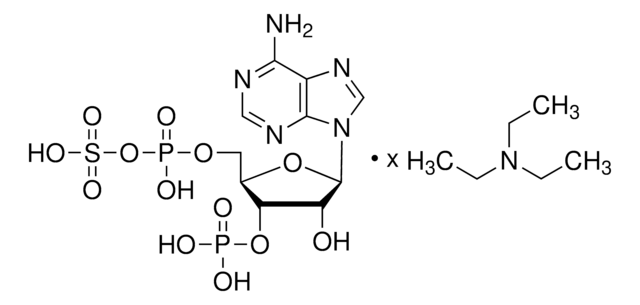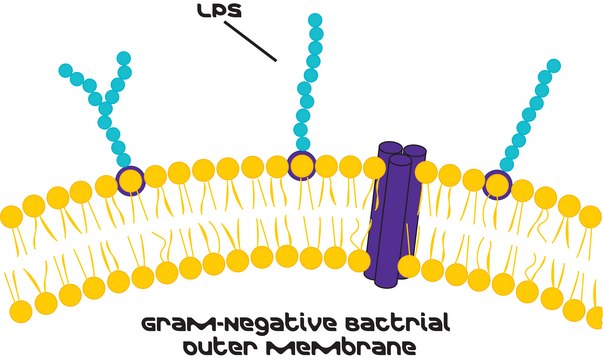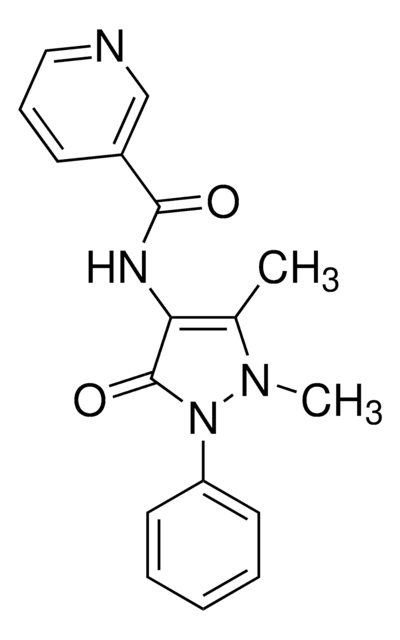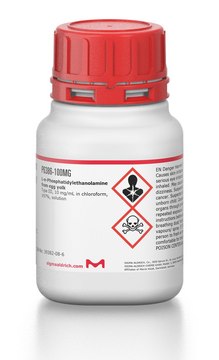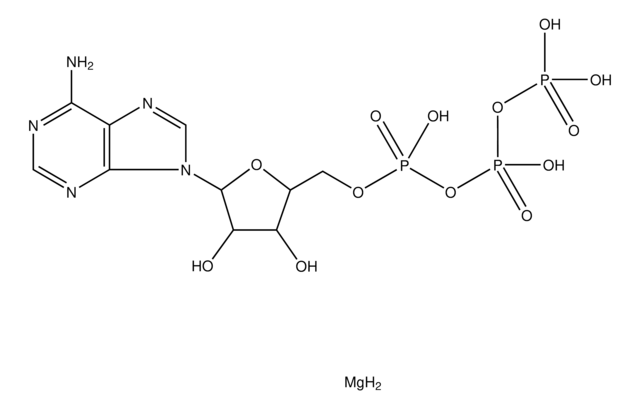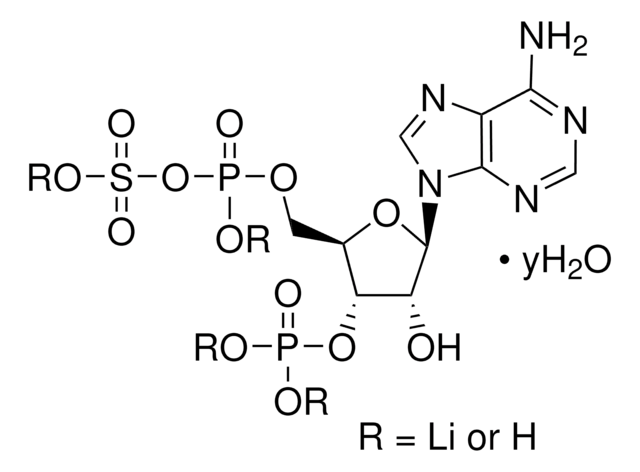推荐产品
表单
lyophilized powder
比活
≥1.0 units/mg protein
组成
Protein, ≥40% modified Warburg-Christian
异质活性
hexokinase ≤5%
储存温度
−20°C
正在寻找类似产品? 访问 产品对比指南
应用
Adenosine-5′-triphosphate sulfurylase (ATP sulfurylase) may be used to study sulfur metabolism and hydrogen sulfide biosynthesis. ATP sulfurylase is also used in pyrosequencing. The enzyme has been used along with luciferase in a bioluminescent assay for inorganic sulfate quantitation in freshwater. Inorganic sulfate is converted, by ATP sulfurylase, into adenosine-5′-phosphosulfate and inorganic pyrophosphate, with consumption of ATP. The remaining ATP is used as a co-factor in the reaction catalyzed by firefly luciferase, generating photons of visible light as a co-product. The light output is inversely proportional to the content of inorganic sulfate.
生化/生理作用
Adenosine-5′-triphosphate sulfurylase catalyzes the first intracellular reaction of sulfate assimilation, which forms adenosine-5′-phosphosulfate (APS) from inorganic sulfate and ATP. It is involved in sulfate activation and the biosynthesis pathway of sulfur-containing amino acids. The expression of ATP sulfurylase is dependent on the formation of the MET4-MET28-MET31 and MET4-MET28-MET32 complexes on its 5′ upstream region .
单位定义
One unit will produce 1.0 μmole of ATP from APS and inorganic pyrophosphate per min at pH 8.0 at 30°C.
外形
Contains citrate buffer salts
警示用语:
Danger
危险声明
预防措施声明
危险分类
Resp. Sens. 1
储存分类代码
11 - Combustible Solids
WGK
WGK 1
闪点(°F)
Not applicable
闪点(°C)
Not applicable
个人防护装备
Eyeshields, Gloves, type N95 (US)
法规信息
新产品
An optimized bioluminescent assay for inorganic sulfate quantitation in freshwater
Marques SM, et al.
Analytical Methods : Advancing Methods and Applications, 5, 1317-1327 (2013)
Haiping Wu et al.
Analytical chemistry, 83(9), 3600-3605 (2011-03-29)
In pyrosequencing chemistry, four cascade enzymatic reactions with the catalysis of polymerase, adenosine triphosphate (ATP) sulfurylase, luciferase, and apyrase are employed. The sensitivity of pyrosequencing mainly depends on the concentration of luciferase which catalyzes a photoemission reaction. However, the side-reaction
Olga A Gandelman et al.
PloS one, 5(11), e14155-e14155 (2010-12-15)
The real-time monitoring of polynucleotide amplification is at the core of most molecular assays. This conventionally relies on fluorescent detection of the amplicon produced, requiring complex and costly hardware, often restricting it to specialised laboratories. Here we report the first
Rahat Nazar et al.
Journal of plant physiology, 168(8), 807-815 (2010-11-30)
Salicylic acid (SA) is known to affect photosynthesis under normal conditions and induces tolerance in plants to biotic and abiotic stresses through influencing physiological processes. In this study, physiological processes were compared in salt-tolerant (Pusa Vishal) and salt-sensitive (T44) cultivars
Cees Noordam et al.
The New England journal of medicine, 360(22), 2310-2318 (2009-05-29)
Dehydroepiandrosterone (DHEA) sulfotransferase, known as SULT2A1, converts the androgen precursor DHEA to its inactive sulfate ester, DHEAS [corrected], thereby preventing the conversion of DHEA to an active androgen. SULT2A1 requires 3'-phosphoadenosine-5'-phosphosulfate (PAPS) for catalytic activity. We have identified compound heterozygous
我们的科学家团队拥有各种研究领域经验,包括生命科学、材料科学、化学合成、色谱、分析及许多其他领域.
联系技术服务部门